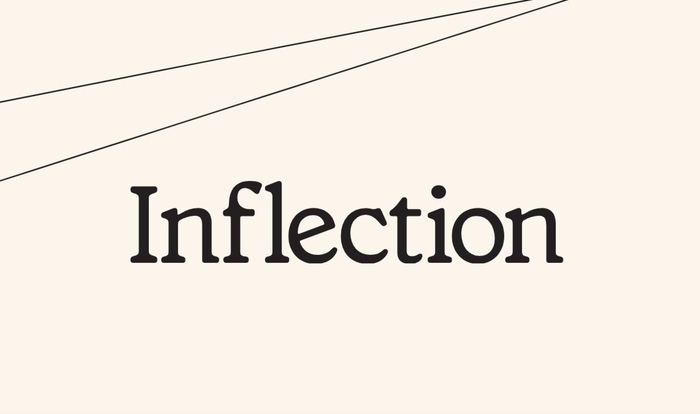Today is March 14, or if we write it numerically, 3/14.
These are the first three figures of one of the most famous, important and storied numbers in science.
We are talking about the number π.
For this reason today is International Mathematics Day (with a highly recommended website).
This year the commemoration has the motto “mathematics for the whole world”, because to understand today's world we all need to speak in the language of mathematics.
π is one of the key pieces of the language of mathematics and there are still many open questions about this number.
Much has been written about the number π since the dawn of civilization.
And it is not for less: the world, as we understand it, depends critically on this universal constant.
Its definition is well known: if we take any circle with diameter 1, π is the ratio between its length and its diameter.
It is independent of the circle we take: it is a universal geometric invariant.
Despite this simple definition, expressing the number π explicitly is very complex.
In its decimal expansion there are no obvious number patterns.
The simplest statistic we can study is the number of occurrences of a given digit.
Experimental results (taking many digits in the decimal expansion of π) seem to show that each digit appears 10% of the time.
But this is only conjecture: as of today it is an open question whether for any truncation of the decimal expansion of the digits of π, the ratio of each digit is essentially the same.
Beyond the distribution of the digits, another interesting question for which the answer is unknown is the following: if we take any number (for example, 44685035261931188171), is it true that said number appears in the decimal expansion of π?
All the indications and experiments seem to indicate that it is, but to date we do not have mathematical tools that allow us to answer this question in a general way.
If the previous result is true, we could say that all universal knowledge exists within π.
It goes like this: if we use a numeric encoding method to encode the letters of the alphabet (for example, if we encode the letter a by 00, the letter b by 01, and use the digits 99 to encode the blank space), any book ( written or yet to be written) could be encoded with a very long, but finite number.
If any pattern is contained in the expansion of pi, we could find Don Quixote, the lost works of Aristotle, and all the novels yet to be written until the end of humanity, even if we had to take an unimaginable number of figures.
This seems to indicate that chaos reigns in the expansion of π .
However, what is really beautiful is that there are many expressions of the number π where order and patterns reign.
Beginning with the infinite product of Wallis, a formula proved in 1655 that states that
Or, with sums instead of products, the so-called Leibniz formula, deduced in the 17th century by the German mathematician for whom it is named:
And, we cannot forget what is perhaps the most important formula in mathematics, Euler's formula, which relates the five most important numbers: 0, 1, the number π, the number e (the base of the natural logarithms) and the imaginary unit
i
.
These are just three examples that show the ubiquity of the number π in the mathematical universe, and that exemplify the beauty and harmony of mathematics on a day of celebration for our community.
Juanjo Rue
is an associate professor in the Department of Mathematics at the Polytechnic University of Catalonia (UPC), a member of the UPC Institute of Mathematics (IMTech) and a researcher attached to the Center for Mathematical Research (CRM).
Ágata Timón G Longoria
is coordinator of the ICMAT Mathematical Culture Unit
Coffee and Theorems
is a section dedicated to mathematics and the environment in which they are created, coordinated by the Institute of Mathematical Sciences (ICMAT), in which researchers and members of the center describe the latest advances in this discipline, share meeting points between the mathematics and other social and cultural expressions and remember those who marked their development and knew how to transform coffee into theorems.
The name evokes the definition of the Hungarian mathematician Alfred Rényi: "A mathematician is a machine that transforms coffee into theorems."
You can follow
MATERIA
on
,
and
, or sign up here to receive
our weekly newsletter
.














